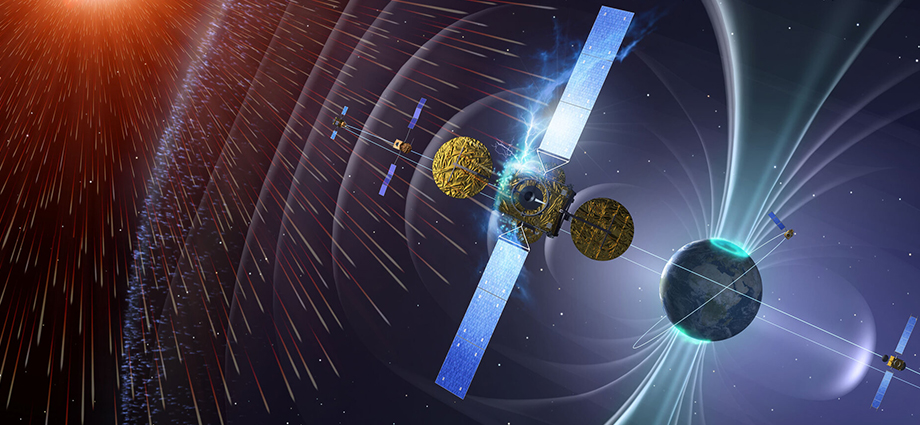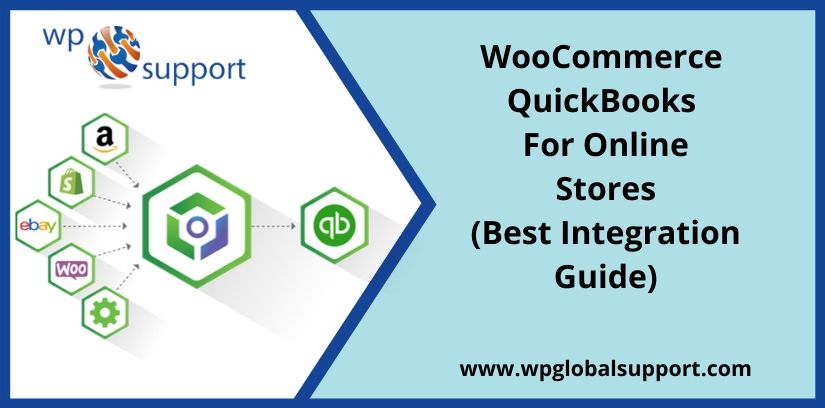Introduction:
In the ever-evolving landscape of space exploration and utilization, two key sectors play pivotal roles in shaping the future of space activities—Space Situational Awareness (SSA) and Space Propulsion. This article delves into the dynamics, exploring their individual significance and the intriguing intersections that arise when they converge.
Space Situational Awareness (SSA)
In the vast celestial theater where satellites, space debris, and celestial bodies dance in intricate orbits, Space Situational Awareness takes center stage. SSA is not merely the watchful eye tracking the cosmic choreography; it is the indispensable sentinel that safeguards our space assets. This dynamic field involves a symphony of technologies and strategies, from advanced radar systems to predictive analytic, all working in harmony to monitor, analyze, and predict the positions and activities of objects in space.
The SSA has evolved into a critical linchpin of space operations, as the once-spacious orbital environment becomes increasingly congested. With an exponential rise in satellites and space missions, the need to avoid collisions and ensure the longevity of valuable space assets has led to a surge in SSA investments. Governments, private entities, and international collaborations are at the forefront of this effort, investing in cutting-edge technologies to not only track and manage space debris but also to enhance collision avoidance capabilities and optimize orbital utilization.
Key Drivers of SSA Growth:
- Growing Satellite Constellations: The proliferation of satellite constellations for communication, Earth observation, and navigation has heightened the need for robust SSA capabilities to prevent collisions and space debris creation.
- National Security Concerns: Governments worldwide are investing in SSA to safeguard national security interests by monitoring and identifying potential threats or suspicious activities in space.
- Commercial Space Activities: The expanding commercial space sector, including private satellite operators and space tourism ventures, has amplified the demand for SSA services to ensure the secure operation of assets.
Space Propulsion:
On the other side of the cosmic coin lies the Space Propulsion, the driving force propelling our ambitions beyond Earth’s confines. It is the powerhouse behind spacecraft, determining their speed, efficiency, and range. From the fiery ascent of traditional chemical rockets to the whisper-quiet hum of ion drives, the propulsion is a dynamic landscape where innovation meets aspiration.
The quest for more efficient, sustainable, and powerful propulsion systems propels us toward new frontiers. As space agencies and private enterprises embark on ambitious missions, from crewed spaceflights to robotic explorations of distant worlds, propulsion technologies are undergoing a renaissance. Innovations such as reusable rocketry, electric propulsion, and nuclear propulsion are reshaping the space industry, promising not only cost-effective solutions but also paving the way for prolonged and intricate space missions.
Key Trends in Space Propulsion:
- Electrical Propulsion Systems: Electric propulsion systems, such as ion and Hall-effect thrusters, are gaining prominence for their efficiency and longer operational lifespans compared to traditional chemical propulsion.
- Reusable Rocket Technology: Companies are focusing on developing reusable rocket technologies to reduce launch costs, with SpaceX’s Falcon 9 being a prominent example.
- Green Propellants: Environmentally friendly propellants, designed to minimize the environmental impact of space activities, are becoming a focal point in propulsion research and development.
Convergence of SSA and Space Propulsion:
- Collision Avoidance and Maneuvering:
SSA data is crucial for predicting potential collisions, enabling satellite operators to execute orbital maneuvers using advanced propulsion systems to avoid such incidents.
- Enhanced Space Traffic Management:
The integration of SSA information with propulsion capabilities facilitates improved space traffic management, allowing for more precise and timely adjustments to satellite orbits.
- Satellite Constellation Optimization:
SSA data can be utilized to optimize the deployment and positioning of satellite constellations, while efficient propulsion systems contribute to maintaining their desired formations over time.
Conclusion:
As the SSA and space propulsion continue to evolve, their convergence emerges as a critical factor in ensuring the sustainability and safety of space activities. The integration of advanced SSA capabilities with cutting-edge propulsion technologies not only enhances the efficiency of space operations but also paves the way for a more secure and sustainable future in outer space. As the demand for both SSA and propulsion solutions grows, stakeholders across the space industry are poised to benefit from the synergies arising at the intersection of these two dynamic.




